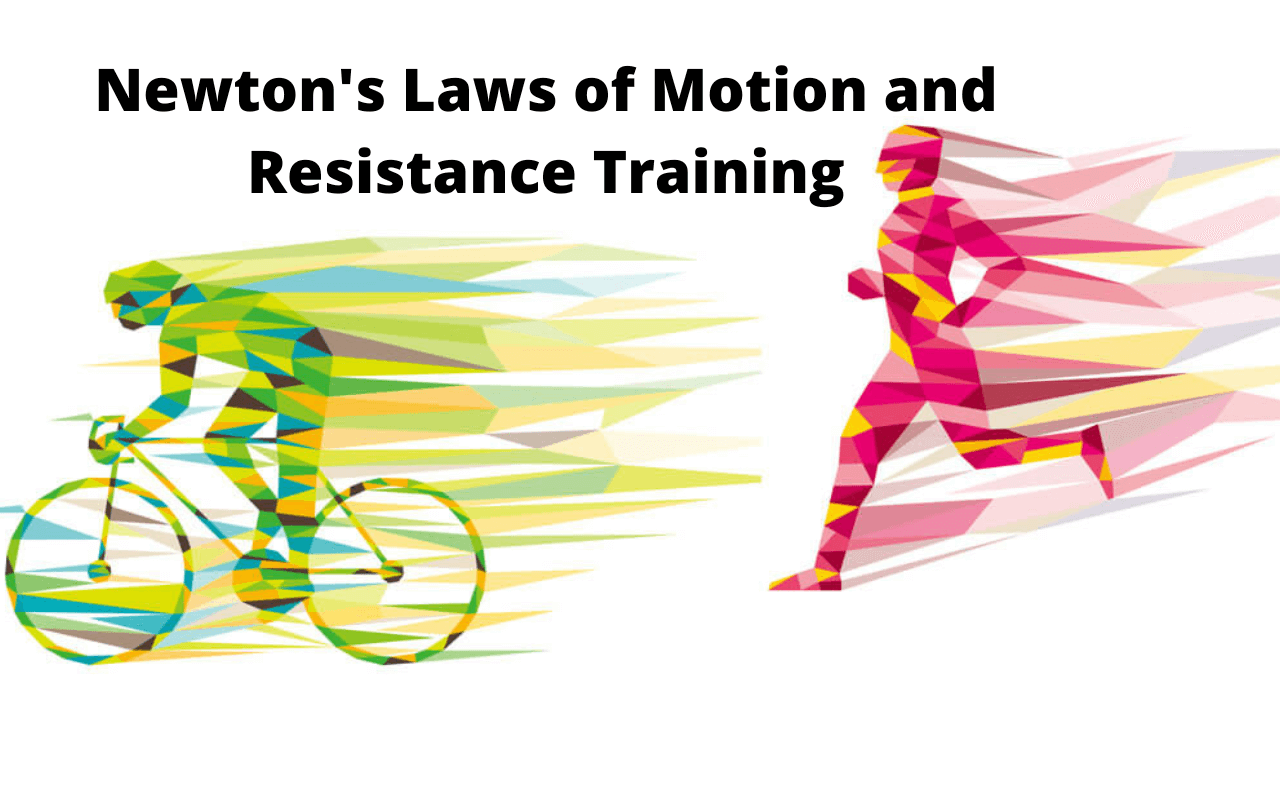Newton’s laws of motion are a set of three laws that describe the relationship between an object and the forces acting on it. These laws are used to explain how objects move and interact with each other, as well as how force affects the motion of an object.
The first law states that an object will remain at rest or in motion unless acted upon by a force. This is also known as the law of inertia, and it means that a body in motion will stay in motion, and a body at rest will remain at rest unless acted upon by another force.
Now let’s visualize this in terms of resistance. In terms of squats, if you’re not exerting any force on the barbell, then it’s going to stay at rest. However, once you start exerting force on the barbell by pushing down, this is when the squatting movement starts. So in order for you to move the barbell and your body during a squat, you have to apply a force that is greater than the weight of the barbell.
During the descent (eccentric) portion of the movement, there is a perceptible shift in the external force that influences the barbell and user to alter the speed of the activity at the bottom. By the time we get to the concentric motion, there is a shift from external force to internal force as the barbell moves up towards the body (Goren and Galili 2019). Therefore, a weightlifter uses internal force to overcome the external force of gravity and acceleration-deceleration forces.
The second law states that acceleration is directly proportional to the net force applied and inversely proportional to mass. This means that the more force you exert on an object, the greater its acceleration will be. The less mass an object has, the greater its acceleration will be when given a certain amount of force.
In terms of resistance training, this makes sense because heavier weights require more effort and strength in order to move them through space. So if you’re doing squats with a very heavy weight, then your muscles need to work harder and generate more force in order to push that weight up and down. On the other hand, if you’re lifting a lighter weight for reps, that requires less force to move it.
The third law states that when an object exerts a force on another object, the second object also exerts an equal force in the opposite direction. This is known as action-reaction forces, and it means that whenever one body exerts a force on another body, they both experience forces of equal strength in opposite directions.
In terms of resistance training, these laws play an important role by helping us better understand how our muscles work and respond to different types of movements and exercises. In terms of a shoulder press, we can think of the deltoid muscles as the object that is being acted upon by an external force, in this case, the weight of the barbell. The deltoids then exert an equal force in the opposite direction, which helps to lift the barbell overhead.
Hence, Newton’s Laws of Motion can be applied to resistance training in order to better understand how our muscles work and respond to different types of exercises.








